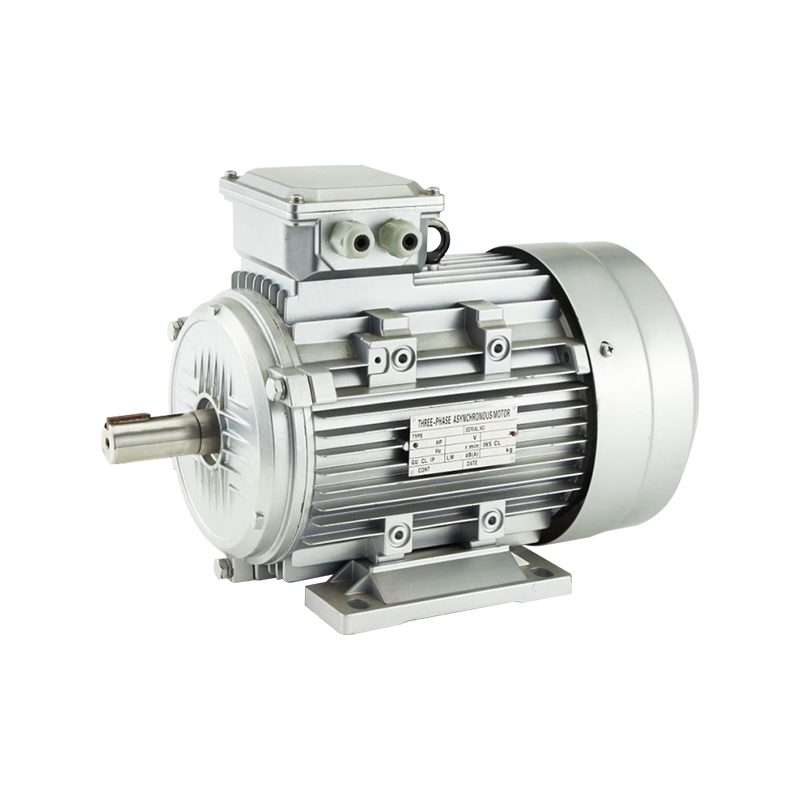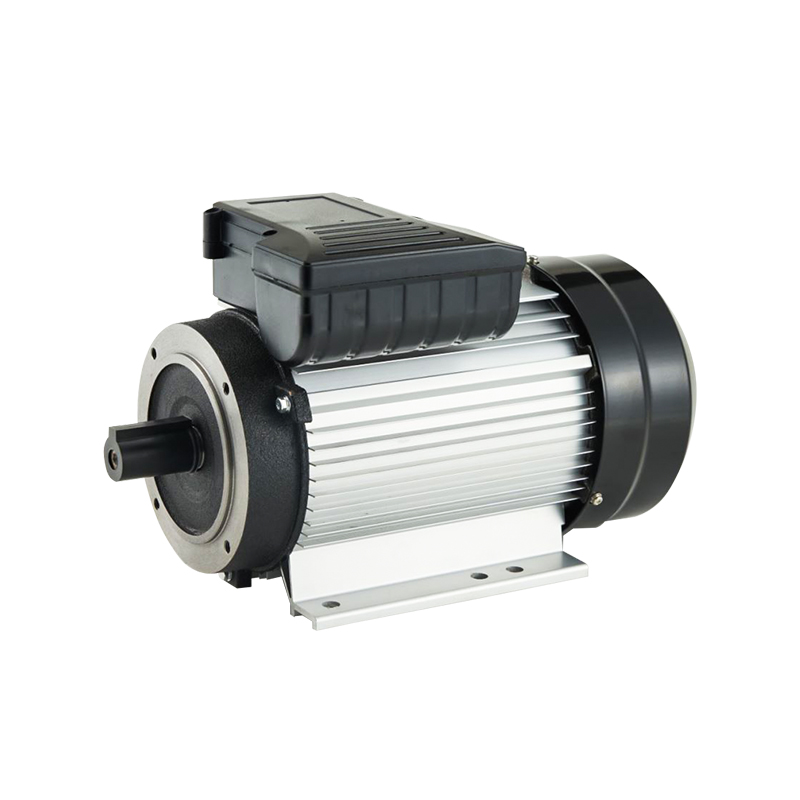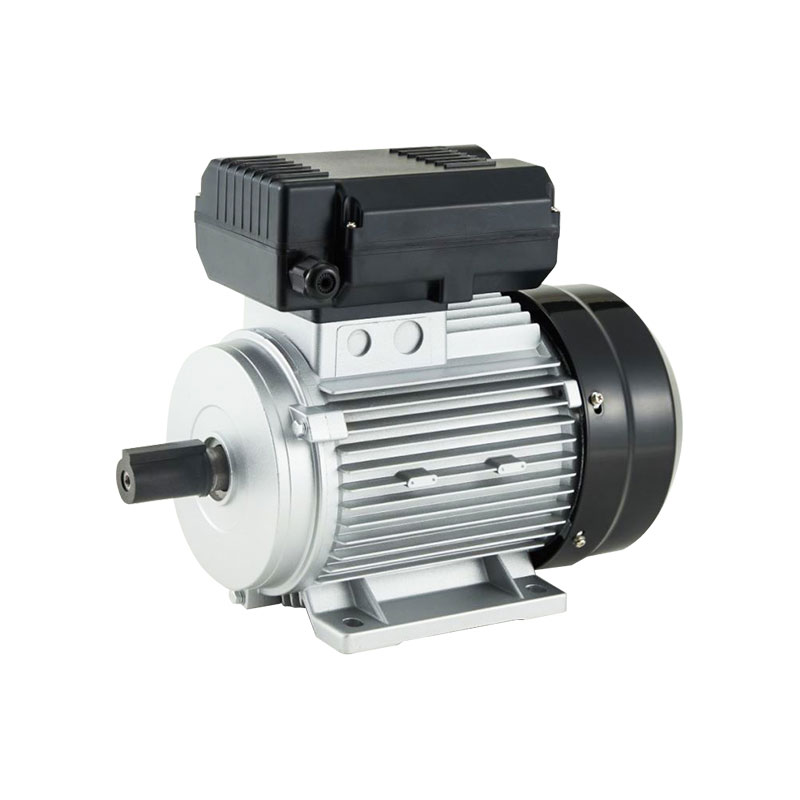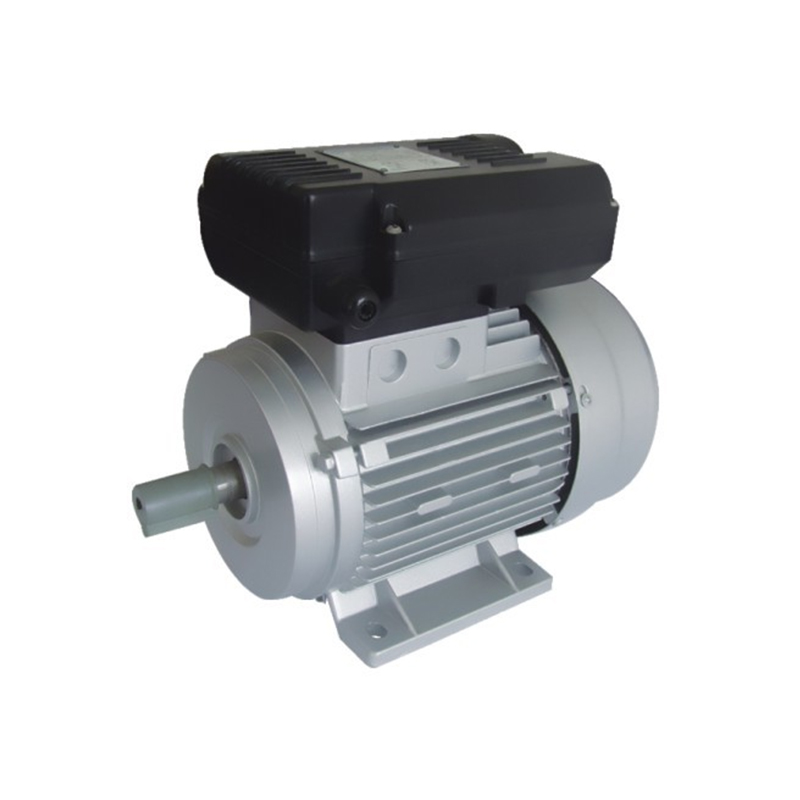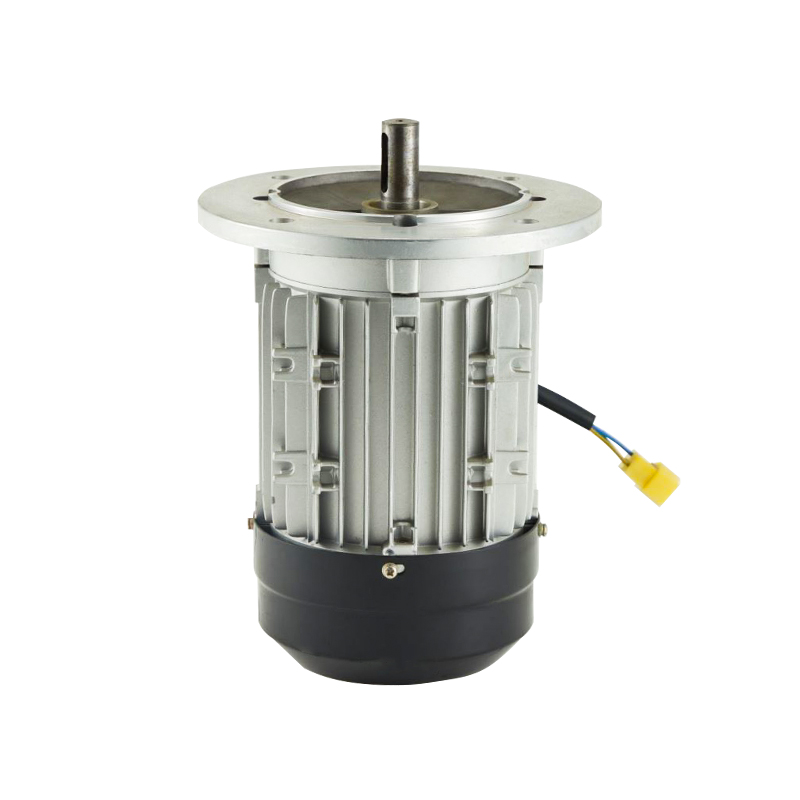In the quest for sustainable technology, the environmental impact of various motor technologies has garnered significant attention. Among these, fan motors used for cooling and DC spray motors stand out due to their distinct applications and operational characteristics. This article explores how these different motor technologies affect the environment, focusing on their energy consumption, emissions, and overall ecological footprint.
Fan motors, often employed in cooling systems, are integral to numerous applications, from industrial processes to residential air conditioning. These motors typically operate using alternating current (AC) and are designed to drive fans that facilitate heat dissipation.
Energy Consumption: Fan motors can have varying energy efficiency depending on their design and application. Traditional AC fan motors, while effective in providing cooling, may not always be the most energy-efficient option. This inefficiency can advance to higher electricity consumption, contributing to increased greenhouse gas emissions, particularly if the energy source is non-renewable.
Emissions: The environmental impact of fan motors is closely linked to the energy they consume. In regions where electricity is generated from fossil fuels, higher energy consumption results in greater emissions of carbon dioxide (CO2) and other pollutants. While modern fan motors often incorporate energy-saving technologies and designs, the environmental benefits are still contingent on the energy sources used.
Material and Waste: The production and disposal of fan motors also have environmental implications. Materials used in manufacturing these motors, including metals and plastics, contribute to resource depletion and pollution. Additionally, the disposal of old or broken fan motors can advance to waste management challenges if not handled properly.
DC Spray Motors
DC spray motors are used in various applications, including spray painting and agricultural spraying. Unlike fan motors, DC spray motors operate using direct current (DC) and are designed for precision and control in their respective tasks.
Energy Efficiency: DC spray motors are often more energy-efficient compared to their AC counterparts. Their ability to operate efficiently at lower power levels can advance to reduced energy consumption. This efficiency is particularly beneficial in applications requiring precise control, as it less unnecessary energy use.
Emissions: The impact of DC spray motors on the environment largely depends on the energy source used to power them. In regions where renewable energy sources are prevalent, the environmental footprint of DC spray motors can be relatively low. However, in areas reliant on fossil fuels, the benefits of improved energy efficiency might be offset by the emissions associated with energy generation.
Material and Waste: Similar to fan motors, the production and disposal of DC spray motors involve environmental considerations. The use of materials in manufacturing and the challenges of waste management at the end of the motor's life cycle can impact the overall environmental footprint. Advances in recycling and material management practices are crucial in mitigating these effects.
Comparative Analysis
When comparing fan motors and DC spray motors, several factors influence their environmental impact. Fan motors, due to their widespread use and energy consumption patterns, can have a more pronounced effect on the environment, particularly in regions with high fossil fuel dependency. On the other hand, DC spray motors, with their focus on energy efficiency and precision, offer a potential advantage in reducing overall energy consumption and emissions.
Technological Advancements: Both motor technologies have seen advancements aimed at reducing their environmental impact. For fan motors, innovations in energy-efficient designs and materials can help mitigate some of their adverse effects. DC spray motors benefit from improvements in battery technology and power management, contributing to their overall environmental benefits.
Regulatory and Industry Standards: Compliance with environmental regulations and industry standards plays a significant role in reducing the environmental impact of both fan motors and DC spray motors. Adhering to these standards ensures that motor technologies are developed and operated with sustainability in mind, less their ecological footprint.
In summary, the environmental impact of Fan motor for cooler and DC spray motors varies based on their energy efficiency, emissions, and material use. While both motor types present unique challenges and opportunities, advancements in technology and adherence to environmental standards are key to reducing their impact. By focusing on energy-efficient designs and sustainable practices, it is possible to mitigate the environmental effects associated with these motor technologies and move towards a more sustainable future.


